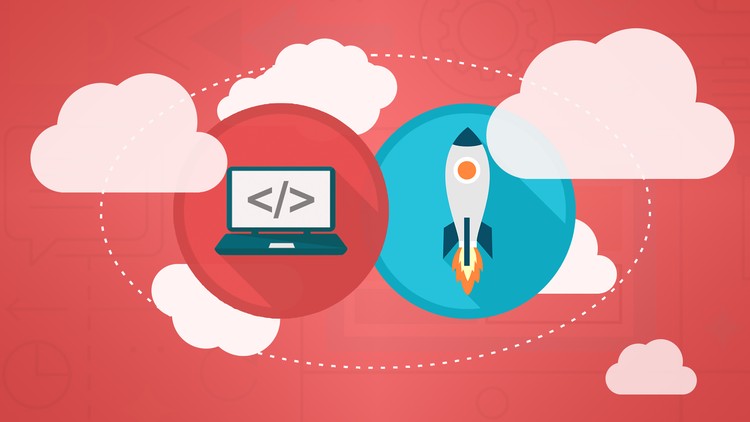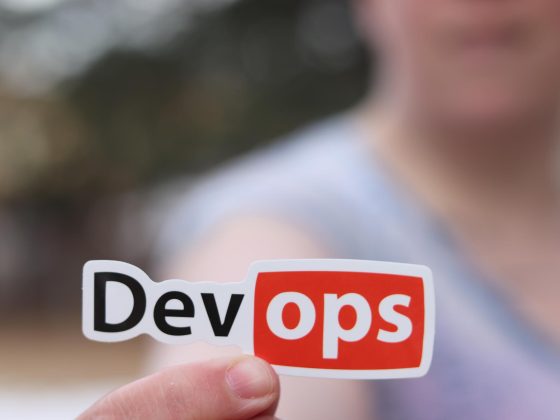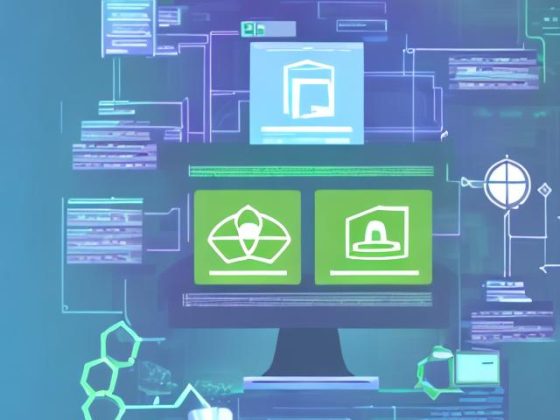DevOps as an approach to software development has become widely established over the last nine years. Bringing the development and IT operations functions together has brought many benefits in the form of better communication and increased collaboration and we’ve seen a range of new tools and disciplines emerging to support the movement. Looking ahead, I’d like to explore five DevOps trends on the horizon for 2019.
DevOps to NoOps
The move to NoOps (No Operations) is gathering pace and is likely to accelerate in the coming year. Usually, when we want to consume an IT resource like a test environment, we depend on a separate operations team to process the request on our behalf. This can lead to frustration as we wait for the request to be serviced. With NoOps, the operations team make this experience more seamless. This is achieved with intelligent automation that enables self-service, empowering the business, and creating transparency of the operations team managing it. As a result, you can consume IT resources directly and without waiting. This allows different personas within the business to improve their productivity.
From our partners:
Let’s consider a simple analogy here: imagine you had to ring your ISP every time you wanted to use the Internet and then wait for them to service your request – you wouldn’t be impressed. The same should apply to IT requests, such as deploying a test environment for a business consumer. This needs to become a more seamless experience.
While people have been talking about NoOps for the last couple of years, I think next year businesses will see the potential benefits and concentrate their efforts towards establishing a practice. A Platform-as-a-Service model assumes a NoOps approach, and we’re already seeing increased appetite from financial services firms to move quickly in this direction.
Integration of AI and DevOps
DevOps is becoming more data-driven. The dramatic rise in applications delivered through a cloud-based Software-as-a-Service model means that organizations are collecting ever more data on how people are interacting with applications but also on how those applications are being delivered. Using this data, key insights into an organization’s delivery throughput and stability can now be measured using metrics such as deployment frequency and lead time for changes, as well as time to restore a service and change failure rate, respectively. This is an area that is ripe for AI and Machine Learning. Applying machine learning to the software delivery lifecycle will allow organizations to analyze and understand where bottlenecks, blockages, or capacity issues are occurring, or are likely to occur in the future. This will allow for predictive suggestions to streamline and optimize delivery accordingly.
I expect to see AI and data science experts working much more closely with DevOps teams in 2019 to deliver increased efficiencies and greater insights to the software delivery and testing process. This alignment is crucial in allowing organizations to act much more quickly in delivering the new functionality and features that customer want.
Integrated Security: DevSecOps
DevSecOps will also gain further momentum in 2019. The growing “Shift-Left” mindset in DevOps means that instead of treating security as an afterthought at the end of the delivery process, the emphasis is on writing code securely first-time round. Embedding product and operations security concerns into the continuous delivery pipeline at the earliest possible stage, makes the testing and remediation cycle much faster.
In 2019, I expect organizations to work with their security teams to take advantage of security tools and platforms to embed security polices into an automated and integrated DevSecOps environment. Such an environment can automatically detect security vulnerabilities, and quickly assess whether or not code can safely progress to a customer-facing environment using quality gates. It’s all about enabling throughput of value to customers, but not at the cost of security.
Growth in Containerized Microservices
Microservices are an effective way for organizations to deliver features to customers, as the approach allows a larger system to be broken into independent, loosely coupled constituents that can be delivered and run using containers, which are lightweight and offer isolation. The combination act as a rapid means to deliver change.
As organizations seek to become more Agile, so, too, will their adoption of containerized microservices. This, in turn, is driving the adoption of open source platforms like Google’s Kubernetes. I expect this trend to continue – along with increased use of Functions-as a-service. Traditionally, developers depend on provisioned infrastructure on which to run their services, but major cloud computing services are making that infrastructure disappear for the developer. Now, developers can write a cloud-native “serverless” function without having to consider where it runs or the infrastructure it runs upon. Cloud-based functions have their limitations, but as they mature, so will their applicability to solve more complex problems.
Increased Focus on Continuous Delivery
The uptake of a Continuous Delivery approach to software development should increase across large enterprises next year. This comes as leadership teams increasingly recognize the correlation of the key technical practices that make up continuous delivery with overall business performance and organizational engagement. The in-depth insight shared from DevOps surveys such as Puppet and Splunk’s 2018 State of DevOps Report, show how IT can become a driver of business performance going forward rather than be seen a cost centre to the business. This change in mindset will gather pace in 2019.
To sum up, it’s certainly an exciting time to be involved in the world of DevOps and the pace of change is unlikely to let up any time soon! I relish the opportunities that lie ahead – and particularly the way in which the world of software development is being opened up to a wider audience with people collaborating more effectively through changes like NoOps, Low Code and Platform-as-a-Service. I look forward to seeing the landscape evolve further over the coming year.
See original article here.
For enquiries, product placements, sponsorships, and collaborations, connect with us at [email protected]. We'd love to hear from you!
Our humans need coffee too! Your support is highly appreciated, thank you!







